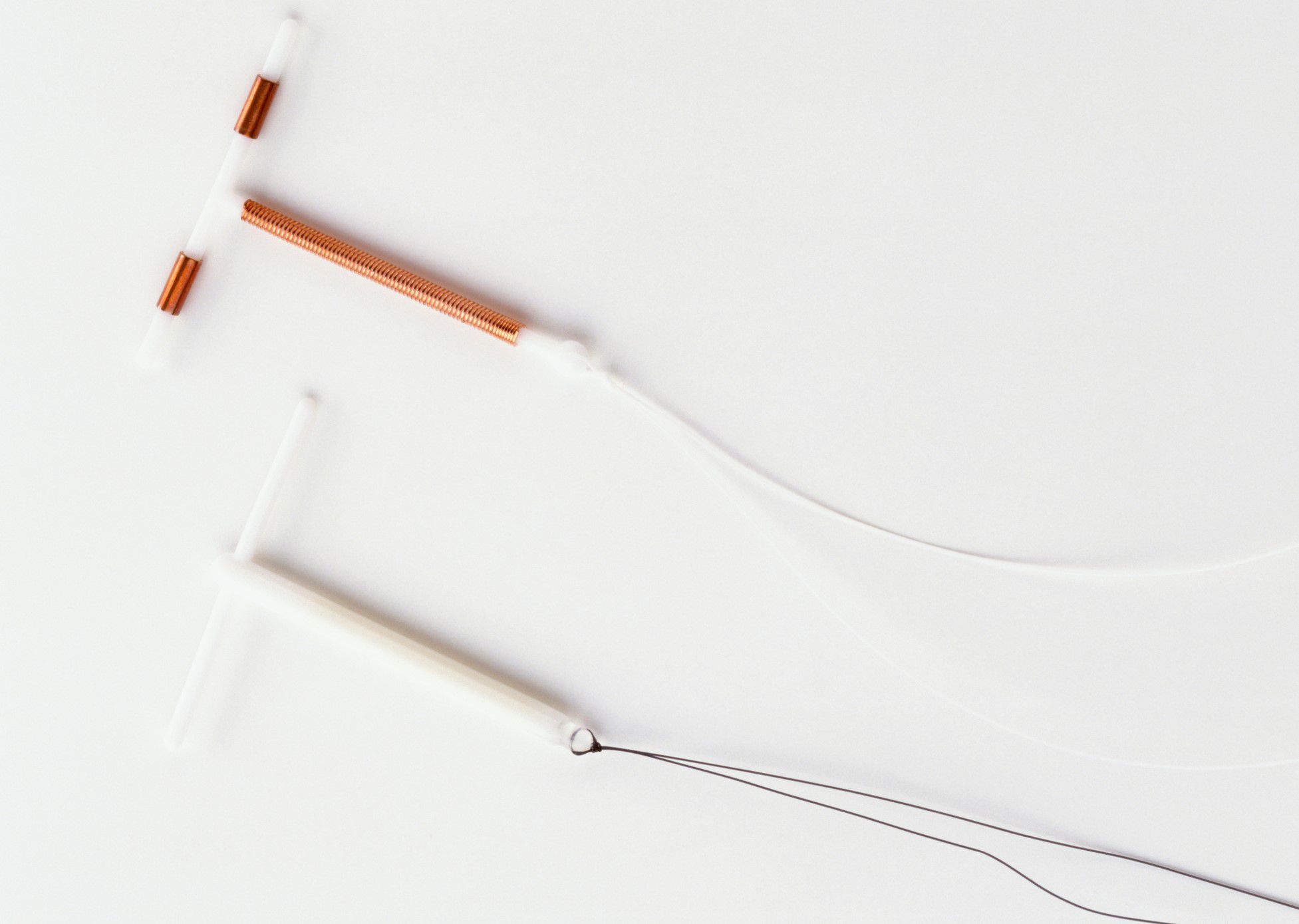A Mirena is a plastic device measuring around 2cm. It is placed inside the uterus with small strings extending out through the cervix.
Mirena
Mirena
A Mirena is a plastic device measuring around 2cm. It is placed inside the uterus with small strings extending out through the cervix.

When is a Mirena performed?
A Mirena is commonly used for women with heavy periods. More than 80% of women will have an improvement in their periods with the use of Mirena. Some women will not menstruate at all.
In New Zealand, women with heavy bleeding may qualify for a funded Mirena, such as when a blood iron or haemoglobin is found (iron deficient and/or anaemic). Otherwise, a Mirena costs around $400.
A Mirena lasts 5 years. If you are planning a pregnancy, the mirena can be removed with the use of a speculum, the strings are grasped and the device carefully pulled out. Fertility will return rapidly.
A mirena is also a highly effective contraceptive. It causes contraception in a number of ways:
- thickening the cervical mucus so sperm cannot enter the uterus.
- stopping sperm reaching the fallopian tube where fertilisation of an egg occurs.
- thinning the lining of the uterus (endometrium) so an embryo cannot implant.
The chances of inadvertently falling pregnant when a Mirena is inside are less than 1 in 500.
How
How is a Mirena inserted?
A Mirena is placed inside the uterus, generally as a procedure when you are awake. A local anaesthetic may be used in the cervix to numb this area. Women generally describe the procedure as uncomfortable. For those who cannot tolerate it being placed awake, a general anaesthetic can be arranged.
What should I expect after a Mirena?
What should I expect after a Mirena?
Common side effects are irregular bleeding, irregular spotting, strings being retained inside the cervix or uterus. Less common side effects are nausea, pain, breast tenderness, and headache.
Side effects of Mirena will typically settle over 3 to 6 months. You are encouraged to be patient and to give the Mirena 6 months before having it removed.
When is a Mirena performed?
A Mirena is commonly used for women with heavy periods. More than 80% of women will have an improvement in their periods with the use of Mirena. Some women will not menstruate at all.
In New Zealand, women with heavy bleeding may qualify for a funded Mirena, such as when a blood iron or haemoglobin is found (iron deficient and/or anaemic). Otherwise, a Mirena costs around $400.
A Mirena lasts 5 years. If you are planning a pregnancy, the mirena can be removed with the use of a speculum, the strings are grasped and the device carefully pulled out. Fertility will return rapidly.
A mirena is also a highly effective contraceptive. It causes contraception in a number of ways:
- thickening the cervical mucus so sperm cannot enter the uterus.
- stopping sperm reaching the fallopian tube where fertilisation of an egg occurs.
- thinning the lining of the uterus (endometrium) so an embryo cannot implant.
The chances of inadvertently falling pregnant when a Mirena is inside are less than 1 in 500.
How is a Mirena inserted?
A Mirena is placed inside the uterus, generally as a procedure when you are awake. A local anaesthetic may be used in the cervix to numb this area. Women generally describe the procedure as uncomfortable. For those who cannot tolerate it being placed awake, a general anaesthetic can be arranged.
What should I expect after a Mirena?
Common side effects are irregular bleeding, irregular spotting, strings being retained inside the cervix or uterus. Less common side effects are nausea, pain, breast tenderness, and headache.
Side effects of Mirena will typically settle over 3 to 6 months. You are encouraged to be patient and to give the Mirena 6 months before having it removed.
Related Conditions & Treatments
Related Conditions & Treatments
Teamwork
We all have a variety of expert skills and clinical knowledge – we work together and with our patients to achieve their treatment goals.
Up-to-date technology
We are up-to-date in terms of technology and modern methods of investigation and treatment, and continue to maintain this level of advanced service.
Minimal approach
We have the ability and expertise to manage surgical procedures using minimal access approaches. This includes using keyhole surgery wherever possible.
